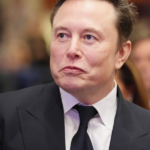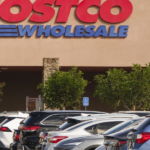As artificial intelligence begins to jostle the labor market, it’s Gen Z tech workers who are at the greatest risk of being displaced by the technology, one Goldman Sachs economist warns.
The unemployment rate for young people between 20 to 30 years old in the tech sector has increased by about 3% since the beginning of the year, according to Joseph Briggs, senior global economist of Goldman Sachs’ research division.
The bank predicts AI will displace about 6-7% of the total workforce.
“The story is one where the overall impacts on young workers in the labor market, speaking from an aggregate perspective, is small,” Briggs said. “But if we start zeroing in and zooming in on these specific industries where we are seeing AI be used to drive efficiency gains, there are signs that headwinds are emerging there.”
More broadly, young people are entering into a job market that is “low-hiring, low-firing,” Briggs argued. In other words, while AI may be changing the labor landscape, Gen Z workers must also contend with a job market less friendly to new hires.
“There’s been a lot of questions around the lagged hiring rates or the difficulties facing recent college graduates,” he said. “I’m sure that we all know people who have had trouble finding jobs or a harder time than they would have normally following recent graduations.”
As companies adopt a wait-and-see policy as they learn more about the ramifications of President Donald Trump’s economic policies, they are not firing employees so much as just waiting to hire, DeLong argued. AI has meanwhile become a scapegoat for businesses conscious of their decisions to bide their time instead of expand, he said.
“Blaming AI allows both policymakers and business leaders to avoid grappling with deeper, structural issues—such as the mismatch between what colleges teach and what employers need, or the long-term stagnation in productivity growth that has made firms more cautious about expanding payrolls, or short run policy uncertainty,” DeLong wrote.









